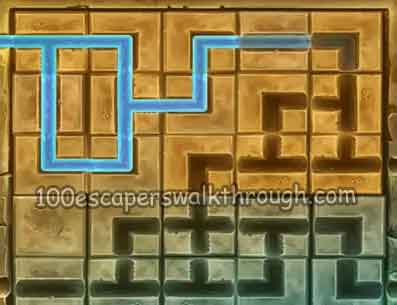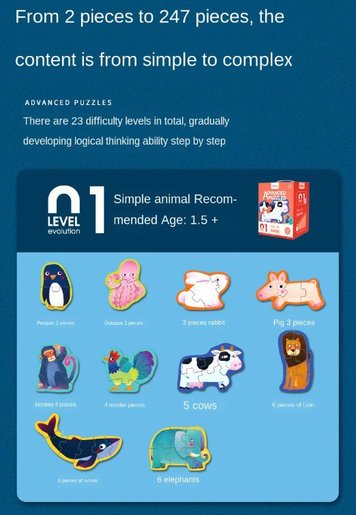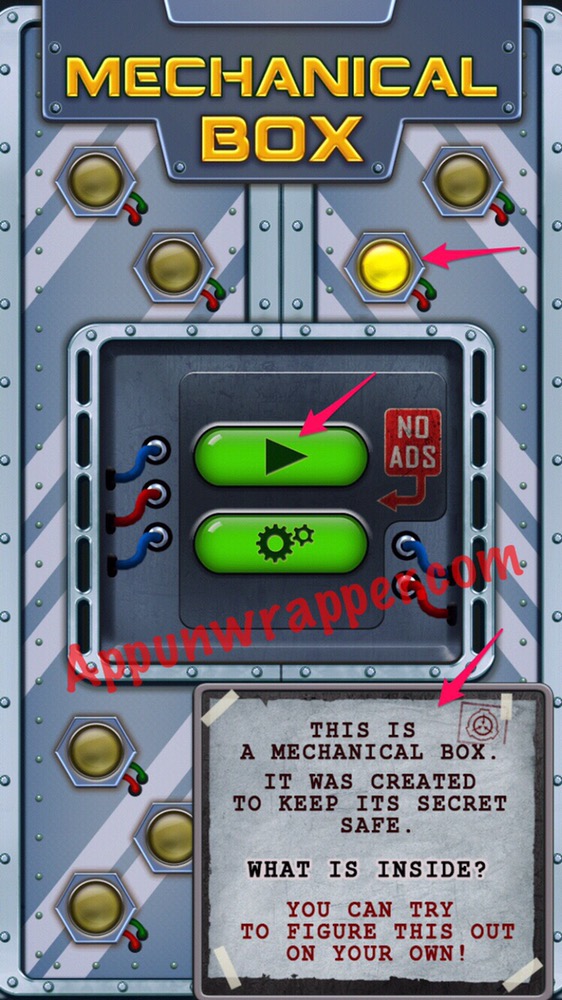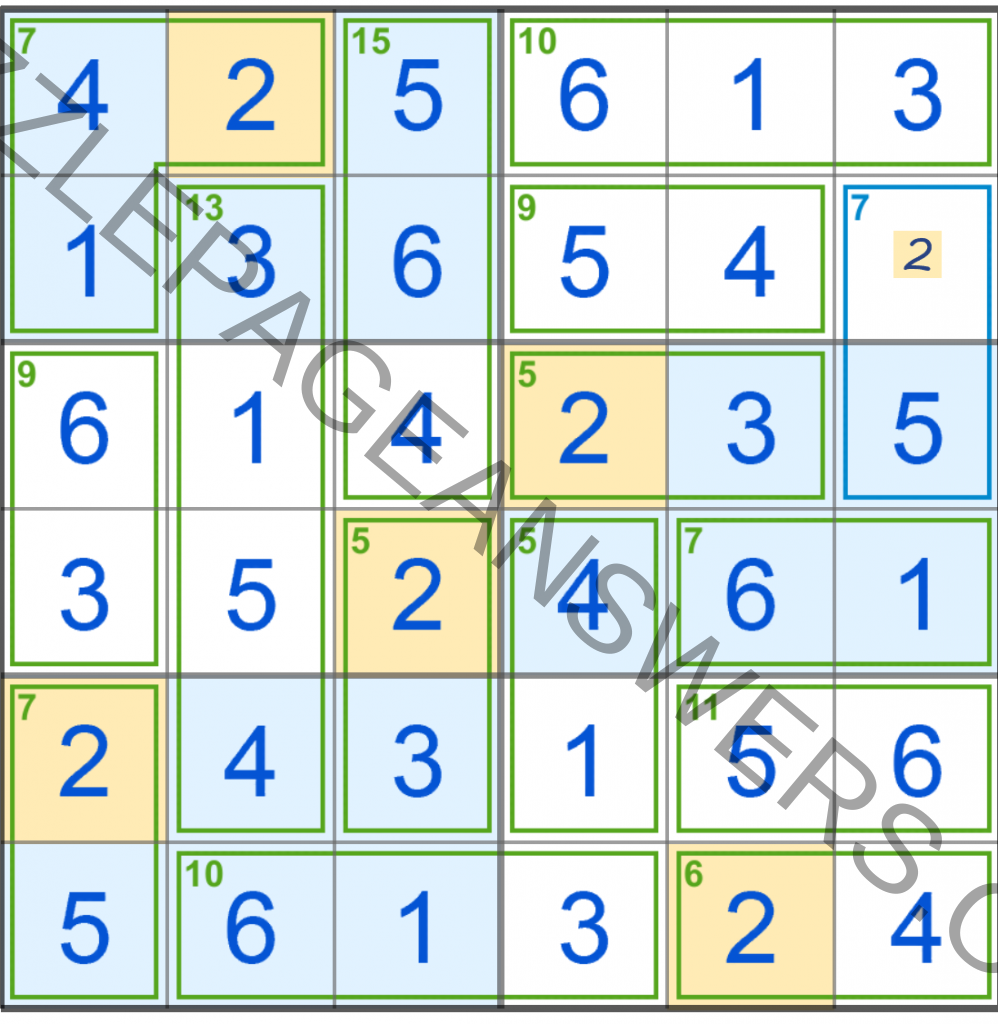

There’s a thought bubble available that shows a minor hint for a puzzle pertaining to the location you’re at, and a full-blown walkthrough feature shows a comic book-style depiction of the puzzle solution for the screen you’re on. That one had me stumped for a good long while.įortunately, the game comes with a built-in help system when you’re stuck. One particularly devious puzzle requires you to go against your own instinct by answering questions incorrectly to get results. The variety of puzzle-types is one of the games bigger strengths, but also one of its biggest weaknesses since most of these tougher minigames are mandatory for progress, and many of the other puzzles require quite an amount of cartoon logic to figure out, which may not be all that easy for everyone. And there’s even one timed puzzle in the game (where failure equals death - but no worries, you conveniently rewind to the start should you fail). One minigame involves “shooting viruses” in a maze, and while it’s not particularly difficult, it can be quite challenging because of the awkward mouse-driven controls. A variation on Connect-5 can be quite hard because the opponent AI is pretty decent and an in-game arcade game where you have to rearrange a bunch of blocks can be pretty devious, for instance. The difficulty of these vary the most in the entire game and some can be more than a little challenging at times. There are also a number of standalone puzzles in the game, that range from shout-outs to other works (like a blatant Space Invaders clone) to classic adventure puzzles (like slider puzzles). There are even a number of inventory items (handily stored inside our robot himself) that can be used and combined, but these are not the primary focus of the puzzles. The puzzles themselves have a lot of variety, often manipulating the environment to achieve Rube Goldberg device-like results, stretching or compacting your little robot where necessary (depending on if you’re reaching for something high or something low). Puzzle-wise the game eases you into things by containing itself to single screens early on, and slowly expanding the number of screens you can solve puzzles in, before opening up an entire section of the city. The sound and music also add to the atmosphere, with a jam session by a band of busking robots as one of the many high points in the game. The design team went all out with this, and it adds tremendous value. Even our own little robot has plenty of idle animations. Wires sway with the wind, pipes leak, small robot critters (yes, even the birds and mice and cats are mechanical in this world) move around.

Every screen is more than just a backdrop, the entire place feels alive because so much is moving at all times. The game is meticulously drawn and has an amazing level of attention to detail. And its cute main character, as well as its family-friendly content, make this a game that can appeal to *everyone*. The fact that no words are written in the entire game (apart from the title screen), and none are heard either, make this a game that totally transcends all language barriers.

They also fill in a lot of background story, showing heartwarming scenes of our robot and his (equally cute) robot girlfriend, or with scenes depicting the humiliations he had to endure from the bullies. These thought bubbles are done exceptionally well, and make the interactions with other robots very clear. The cuteness factor is fueled further by a lack of speech - our robot only speaks in beeps and grunts or in thought bubbles that (telepathically?) show a small animation, often a flashback. With his bulging bug eyes, ability to stretch tall or compact small, and the way he moves around, everything about this guy is adorable. The best word to describe our robot protagonist is “cute”. It’s up to our little robot to foil their plans and to undo the damages they’ve caused to other robots in the city.

You start by reassembling yourself and going back to the city, encountering a group of bullies on the way that have caused you and your girlfriend grief before, and that now plan on bombing the largest tower in the city. In Machinarium you play as a nameless (*) little robot that’s been expelled from the robot city and reduced to scrap (for reasons unknown at this point).


 0 kommentar(er)
0 kommentar(er)
